The history of the three James Garner/American International Racing (AIR) cars is unique in automotive history, not simply because James Garner’s AIR team sponsored three cars under one banner; not just because the three cars were all-new L88s; but mostly because of the high profile role of James Garner, Hollywood movie star and car fanatic. The AIR #44 car, offered here, provides a time capsule overview of race cars from the late 1960s, as well as those that would follow through the 1970’s glory years of racing. Three factory-built L-88 cars left the St. Louis plant for delivery to James Garner’s American International Racing (AIR) team in November of 1967. These three Le Mans Blue convertibles were the first production models featuring the new L-88 engine with first generation closed-chamber aluminum heads. Of course, the cars were all Central Office Production Orders (COPO)—a system which provided for an incredible range of production specifications. These three cars, sold to the AIR team, were effectively part of GM’s strategy to manage the release of its most powerful cars to a carefully controlled list of approved customers. As David Reisner (the “Corvette Sleuth”) has previously reported, the cars were actually picked up at Gene Jantzen Chevrolet in St Louis. It was a GM requirement that all cars had to go through a dealer. The cars were then driven back to California in the middle of winter. The drivers were Dick Guldstrand, Bob McDonald (Herb Caplan’s crew chief) and Perry Moore (a former Caplan employee). Although delivery was recorded as being at Fred Gledhill Chevrolet, it is much more likely that the cars drove nearly directly to the first AIR shop in Culver City, just two doors down from Dick Guldstrand’s new shop. As soon as the Garner cars were delivered, the engines were taken to Travers & Coons (TRACO) to be prepared for racing. Dick Guldstrand recalls that they had heard rumors that the DeLorenzo-Yenko team might be coming out with engines at over 600hp, maybe 650hp. They just didn’t know how to get that much power out of these new engines, but they did what they could and, one month later, they sent the cars to Daytona. Upon arrival at Daytona, the two cars out-qualified all other FIA competition in their class. As a result the two AIR team cars filled-out the front row positions for their class at the start of the race. Unfortunately, endurance races are the true test of all things mechanical. So it may not have been a surprise that these new cars could not keep up the qualifying pace. The # 45 car (driven by Scooter Patrick, Dave Jordan and Herb Caplan) dropped out with a blown head gasket. The # 44 car (driven by Dick Guldstrand and Ed Leslie) suffered through numerous problems with the rear differential. After changing differentials four times in that race, the team finished 29th, well down the field. The heat problem had been too much. The team had done everything they could to improve overall performance by lowering the cars. In an effort to keep some airflow at the differential, they even tried removing the spare tire carrier. But FIA officials spotted this infraction and told them that they must run the spare tire carrier as part of the GT rules. The result was predictable. The cars returned to Culver City and were rebuilt in anticipation of Sebring. But Don Rabbitt had already been forging plans to acquire Lolas for the balance of the season. Although the Corvettes had been pre-registered for Sebring, they never made it (Corvette News, Vol 11 No 5). The cars had run one race but would never see another race under the AIR banner. The cars were put up for sale and the AIR team ran the Sebring 12 Hour race with two Lola T70 Mk II coupes. The Ownership Trail In June 1968, a mobile home manufacturer, John Crean, bought all three Corvettes. He subsequently offered the cars for re-sale via advertisements in Competition Press. Private owners were soon found. These were Gerry Gregory (#44), Gary Neuer (#45)
The history of the three James Garner/American International Racing (AIR) cars is unique in automotive history, not simply because James Garner’s AIR team sponsored three cars under one banner; not just because the three cars were all-new L88s; but mostly because of the high profile role of James Garner, Hollywood movie star and car fanatic. The AIR #44 car, offered here, provides a time capsule overview of race cars from the late 1960s, as well as those that would follow through the 1970’s glory years of racing. Three factory-built L-88 cars left the St. Louis plant for delivery to James Garner’s American International Racing (AIR) team in November of 1967. These three Le Mans Blue convertibles were the first production models featuring the new L-88 engine with first generation closed-chamber aluminum heads. Of course, the cars were all Central Office Production Orders (COPO)—a system which provided for an incredible range of production specifications. These three cars, sold to the AIR team, were effectively part of GM’s strategy to manage the release of its most powerful cars to a carefully controlled list of approved customers. As David Reisner (the “Corvette Sleuth”) has previously reported, the cars were actually picked up at Gene Jantzen Chevrolet in St Louis. It was a GM requirement that all cars had to go through a dealer. The cars were then driven back to California in the middle of winter. The drivers were Dick Guldstrand, Bob McDonald (Herb Caplan’s crew chief) and Perry Moore (a former Caplan employee). Although delivery was recorded as being at Fred Gledhill Chevrolet, it is much more likely that the cars drove nearly directly to the first AIR shop in Culver City, just two doors down from Dick Guldstrand’s new shop. As soon as the Garner cars were delivered, the engines were taken to Travers & Coons (TRACO) to be prepared for racing. Dick Guldstrand recalls that they had heard rumors that the DeLorenzo-Yenko team might be coming out with engines at over 600hp, maybe 650hp. They just didn’t know how to get that much power out of these new engines, but they did what they could and, one month later, they sent the cars to Daytona. Upon arrival at Daytona, the two cars out-qualified all other FIA competition in their class. As a result the two AIR team cars filled-out the front row positions for their class at the start of the race. Unfortunately, endurance races are the true test of all things mechanical. So it may not have been a surprise that these new cars could not keep up the qualifying pace. The # 45 car (driven by Scooter Patrick, Dave Jordan and Herb Caplan) dropped out with a blown head gasket. The # 44 car (driven by Dick Guldstrand and Ed Leslie) suffered through numerous problems with the rear differential. After changing differentials four times in that race, the team finished 29th, well down the field. The heat problem had been too much. The team had done everything they could to improve overall performance by lowering the cars. In an effort to keep some airflow at the differential, they even tried removing the spare tire carrier. But FIA officials spotted this infraction and told them that they must run the spare tire carrier as part of the GT rules. The result was predictable. The cars returned to Culver City and were rebuilt in anticipation of Sebring. But Don Rabbitt had already been forging plans to acquire Lolas for the balance of the season. Although the Corvettes had been pre-registered for Sebring, they never made it (Corvette News, Vol 11 No 5). The cars had run one race but would never see another race under the AIR banner. The cars were put up for sale and the AIR team ran the Sebring 12 Hour race with two Lola T70 Mk II coupes. The Ownership Trail In June 1968, a mobile home manufacturer, John Crean, bought all three Corvettes. He subsequently offered the cars for re-sale via advertisements in Competition Press. Private owners were soon found. These were Gerry Gregory (#44), Gary Neuer (#45)
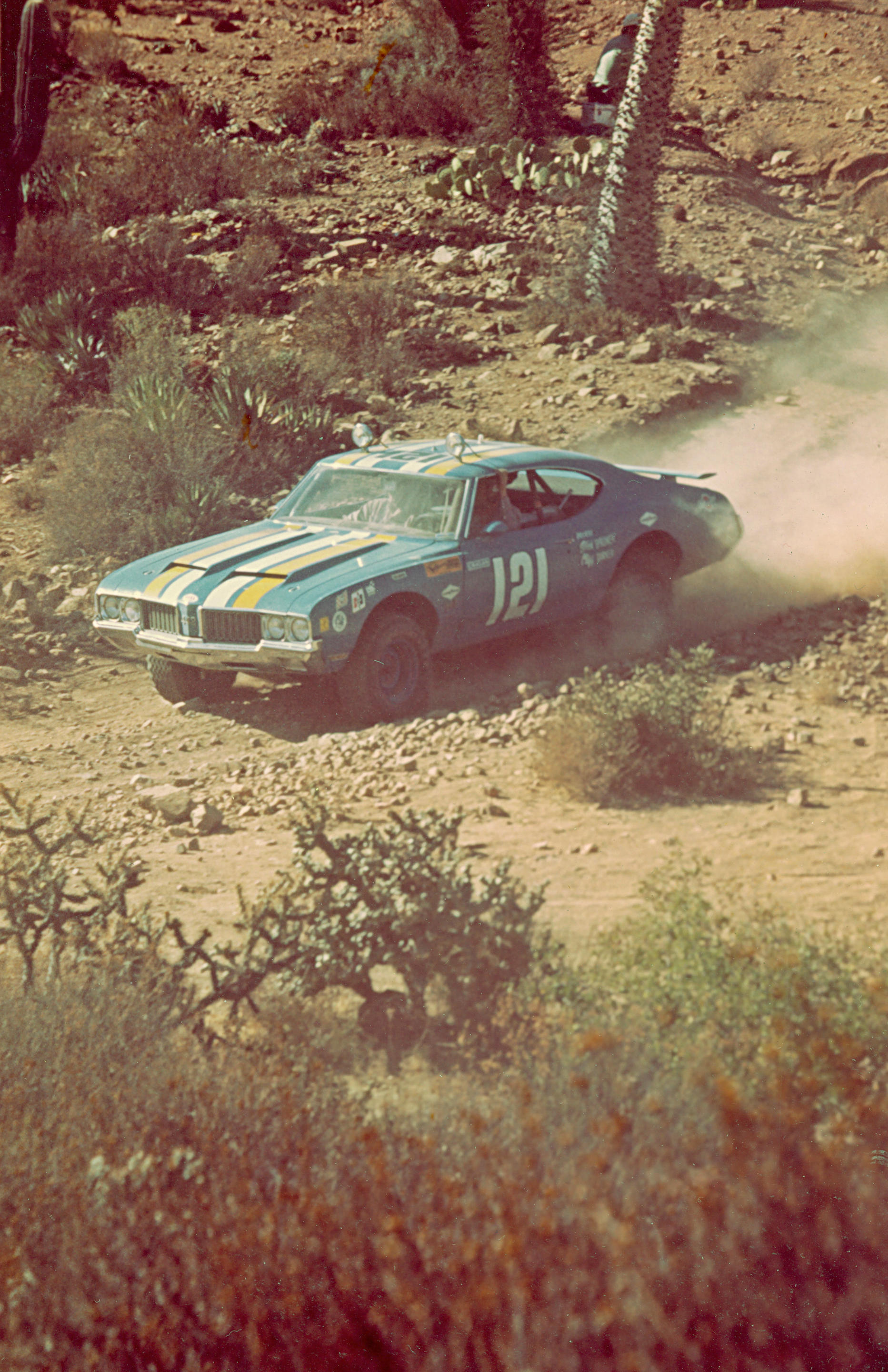
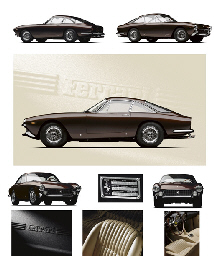
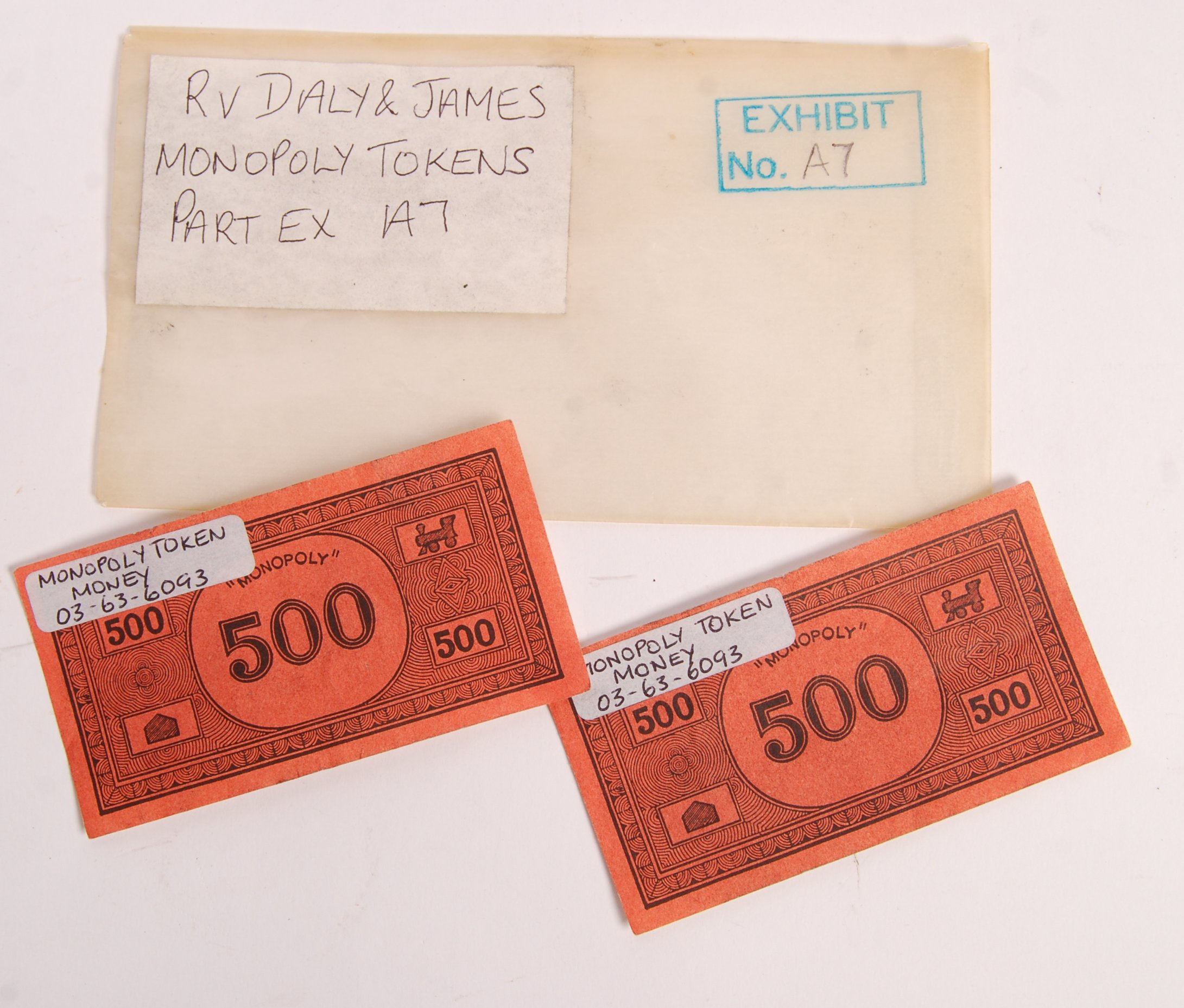

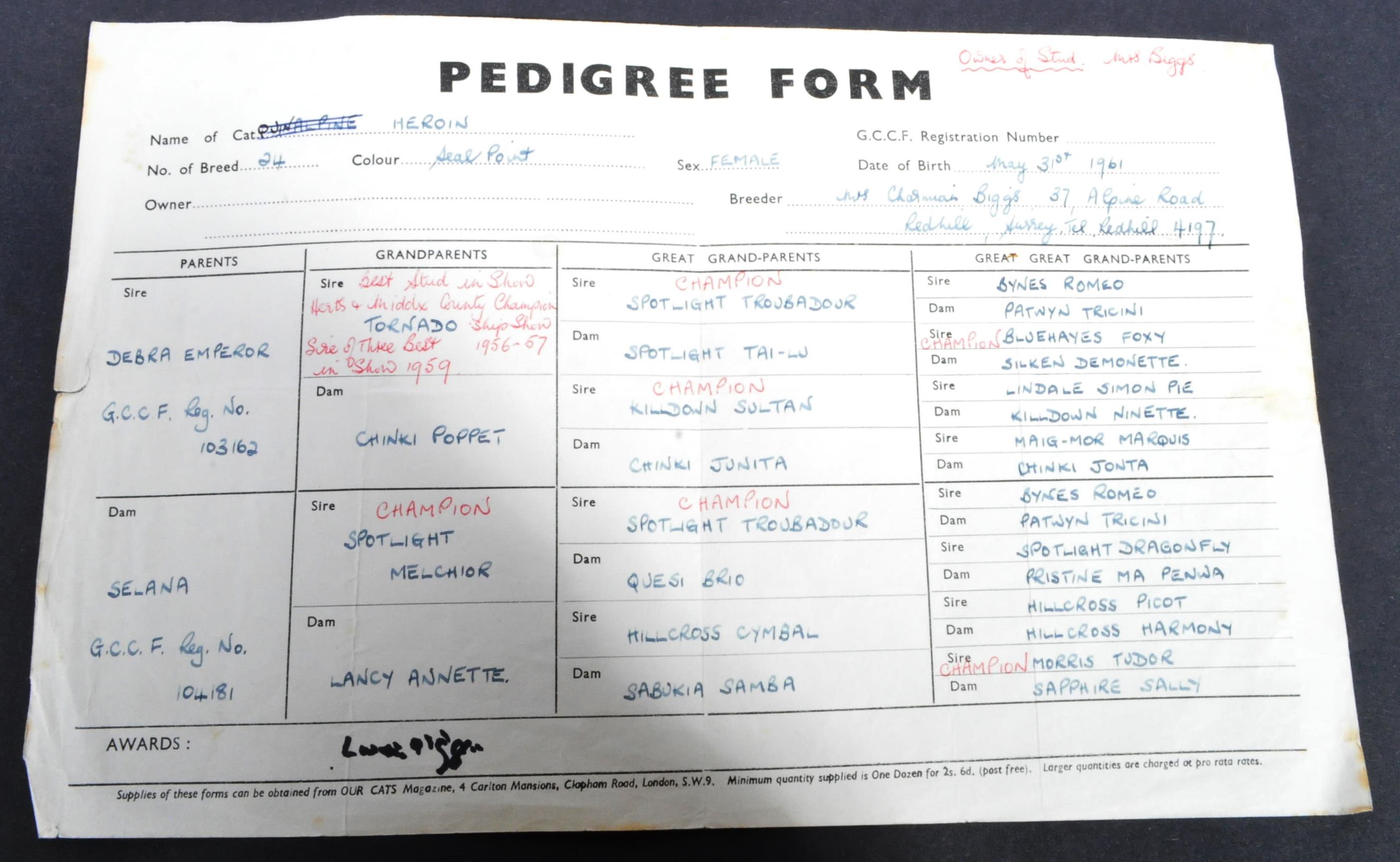
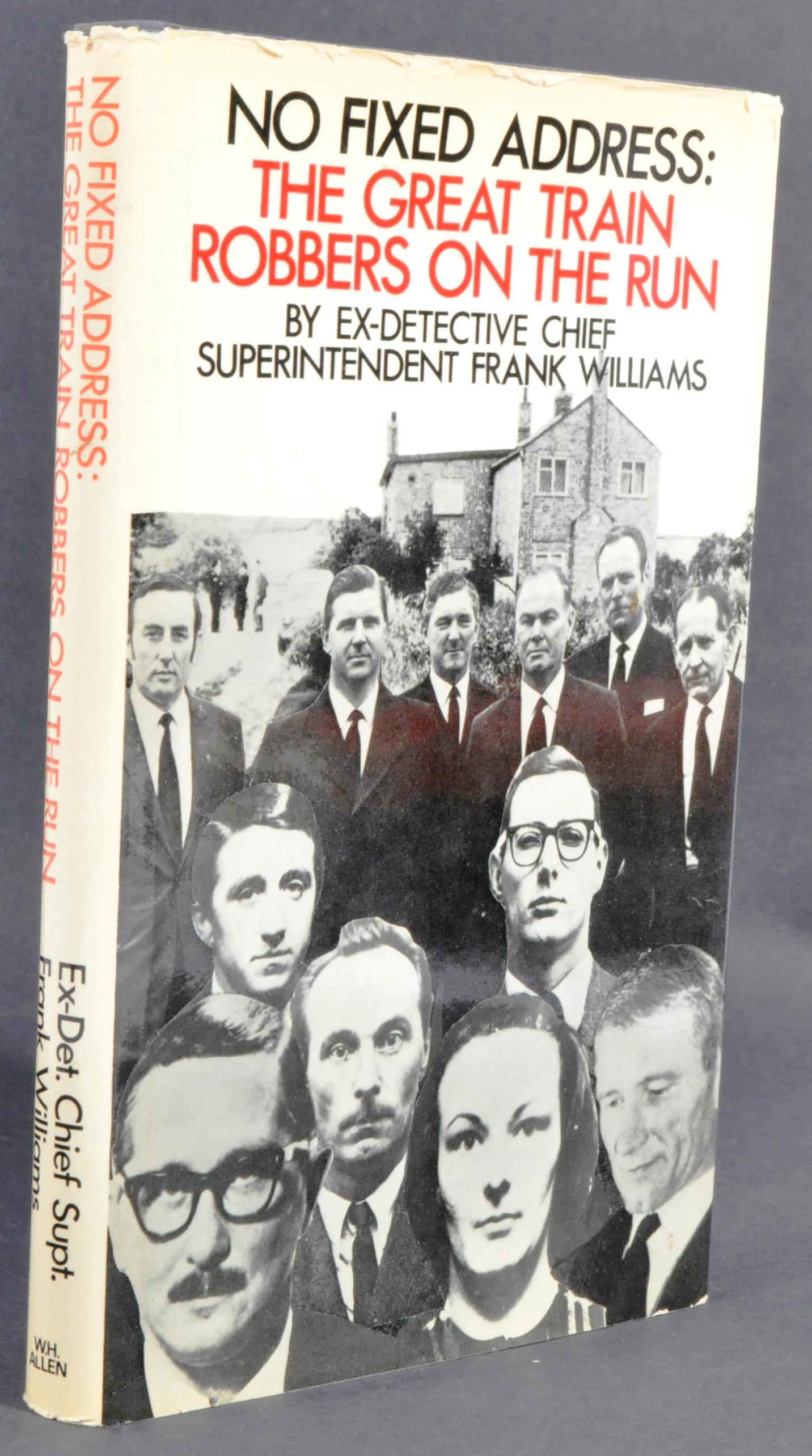



Testen Sie LotSearch und seine Premium-Features 7 Tage - ohne Kosten!
Lassen Sie sich automatisch über neue Objekte in kommenden Auktionen benachrichtigen.
Suchauftrag anlegen